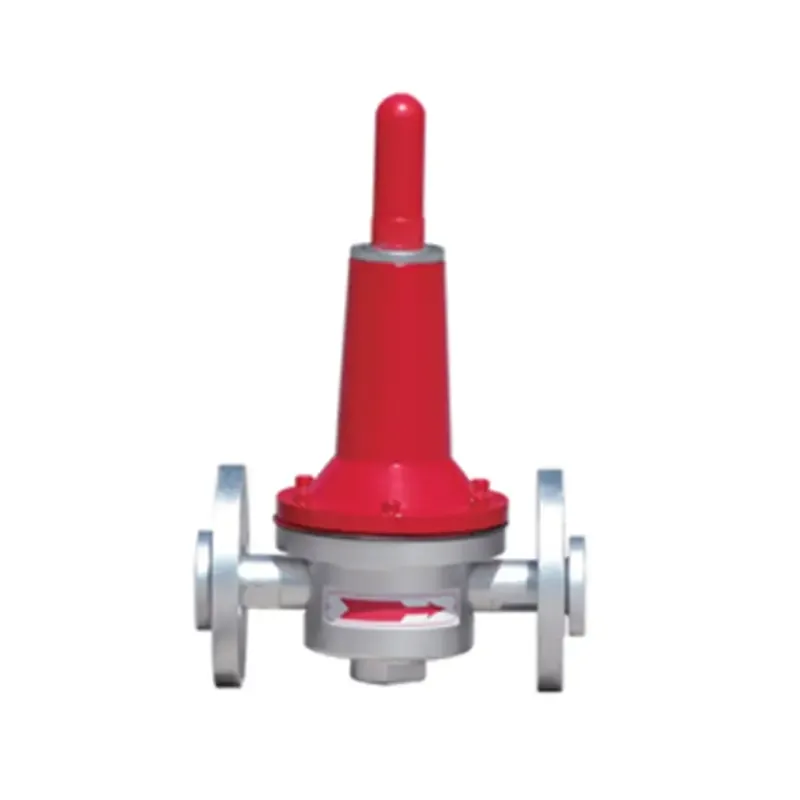
Oct . 11, 2024 09:57
Back to list
معدات التغويز
The Evolution and Importance of Gasification Equipment
Gasification is a thermochemical process that converts organic or fossil-based materials into carbon monoxide, hydrogen, and carbon dioxide. This transformation is facilitated through high temperatures with a controlled amount of oxygen or steam. The use of gasification equipment has grown significantly due to the increasing need for cleaner energy sources and the efficient management of waste. This article delves into the various types of gasification equipment, their functionalities, benefits, and future prospects.
Types of Gasification Equipment
1. Fixed Bed Gasifiers These are designed for solid feedstocks, where fuel is fed from the top and gasification occurs as it moves downward through the bed. They are known for their simplicity and efficiency, making them suitable for small-scale applications and biomass conversion.
2. Fluidized Bed Gasifiers In these systems, feedstock particles are suspended in a stream of gas, enhancing the reaction surface area. This type of gasifier can process various feedstock types, including biomass, coal, and industrial waste, and is known for its flexibility and higher efficiency.
3. Entrained Flow Gasifiers Utilizing high temperatures and pressures, these gasifiers are ideal for converting liquid and gaseous feedstocks. They offer high conversion rates and are commonly used in large-scale operations, particularly in the production of synthetic natural gas and hydrogen.
4. Plasma Gasifiers This advanced technology employs plasma torches to achieve very high temperatures, enabling the conversion of hazardous waste and other complex materials. Plasma gasification is considered an environmentally friendly method for waste treatment, reducing hazardous materials to harmless slag.
.
Gasification technology provides numerous advantages that address both energy production and environmental challenges
معدات التغويز

- Waste Management Gasification effectively manages various waste types, including municipal solid waste and industrial by-products, converting them into valuable energy while minimizing landfill use.
- Renewable Energy Production By utilizing biomass and organic materials, gasification contributes to renewable energy generation, reducing reliance on fossil fuels and helping combat climate change.
- Versatile Feedstock Usage Gasification equipment can process diverse feedstocks, granting flexibility in energy production. This adaptability enables the optimization of local resources and waste materials.
- Lower Emissions Compared to traditional combustion processes, gasification results in lower emissions of greenhouse gases and pollutants, making it a cleaner alternative for energy generation.
Future Prospects
The future of gasification technology is promising, driven by the global shift towards sustainable energy solutions. Technological advancements are being made to enhance efficiency, reduce costs, and expand the types of feedstocks that can be utilized. Research is ongoing to improve the syngas cleaning process, ensuring that the output meets the standards required for further processing or combustion.
Moreover, policy frameworks supporting waste-to-energy projects and renewable energy initiatives are expected to foster investments in gasification technologies. As companies and governments seek to meet environmental regulations, the demand for gasification equipment is set to rise.
Conclusion
Gasification equipment plays a critical role in the transition towards a sustainable energy future. By efficiently converting various feedstocks into clean energy, it addresses energy demands while promoting waste management and environmental conservation. As technology evolves and the importance of clean energy rises, gasification is poised to take center stage in the global energy transition, offering innovative solutions for a cleaner tomorrow.
Next:
Latest news
-
Safety Valve Spring-Loaded Design Overpressure ProtectionNewsJul.25,2025
-
Precision Voltage Regulator AC5 Accuracy Grade PerformanceNewsJul.25,2025
-
Natural Gas Pressure Regulating Skid Industrial Pipeline ApplicationsNewsJul.25,2025
-
Natural Gas Filter Stainless Steel Mesh Element DesignNewsJul.25,2025
-
Gas Pressure Regulator Valve Direct-Acting Spring-Loaded DesignNewsJul.25,2025
-
Decompression Equipment Multi-Stage Heat Exchange System DesignNewsJul.25,2025

